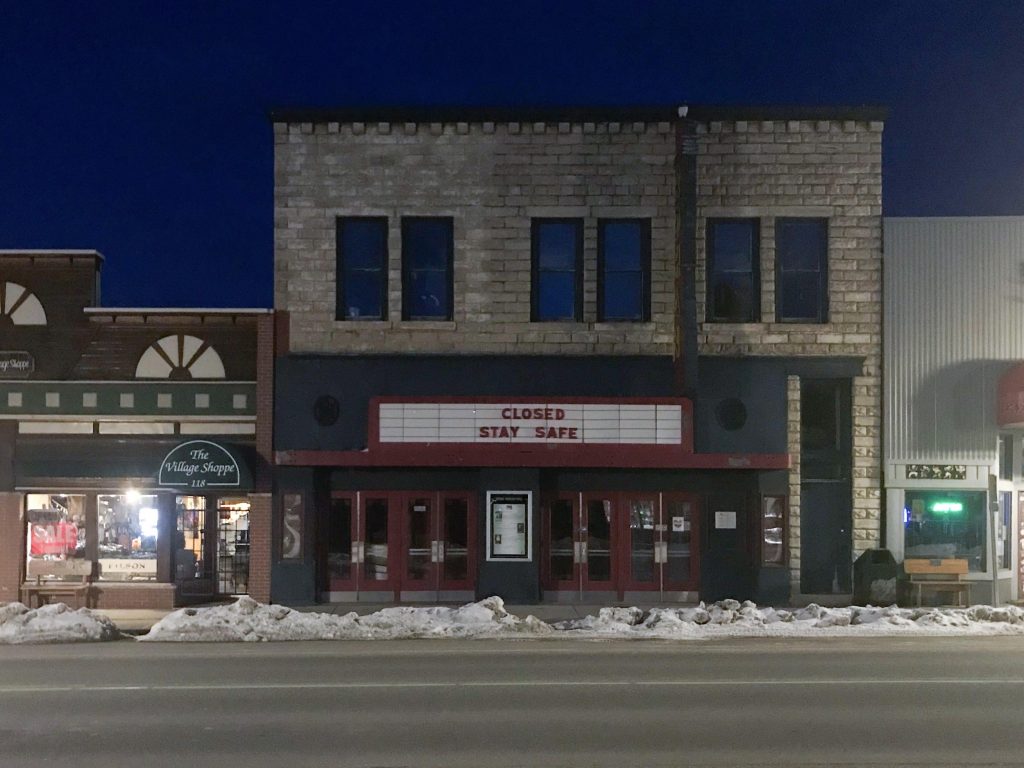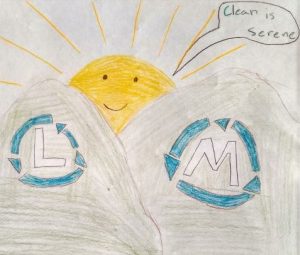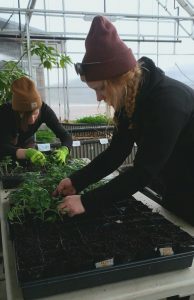By Robin Adams
Stay safe – this is a phrase that, like many, I’ve been tossing around a lot these last couple of weeks. As I adjust to serving from home, I find myself tagging it to the end of most of my emails instinctively and losing touch with what it really means.
So okay, right now it really means stay home if you can, wash your hands, don’t touch your face, stay healthy – all the pressing public health essentials of the moment. But let’s look at the actual definition of safe: secure from threat of danger, harm, or loss.
Stay secure from threat of danger, harm, or loss.
According to the 2017 Montana Climate Assessment (MCA), there is robust evidence and high agreement among experts that by the mid-century, Montana temperatures will likely increase by about 4.5-6.0°F. This is an even larger change compared to the global and national projected temperature increases. The temperature rise in Montana is projected to coincide with other changes like intensified precipitation, snowpack reduction, and increased forest mortality. These climate disruptions pose a threat especially to rural mountain towns like Red Lodge that rely on snowpack for late summer water availability and outdoor recreation to fuel the economy.
This threat is part of the reason the City of Red Lodge hosts an Energy Corps member. It’s easy for me to get lost in a flurry of busywork and spreadsheets, but ultimately I’m here to help the community to stay secure from the threats of danger, harm, and loss that the 2017 MCA projects. This is getting done by reducing the emissions of City operations and supporting the work of local groups that focus on sustainability and resilience.
Staying safe and staying resilient are two sides of the same coin. A community that is resilient has the capacity to respond to, withstand, and recover from adverse situations such as those posed by climate disruptions the 2017 MCA projects. Up until about a week ago, I was assisting the Beartooth Front Community Forum as a non-voting City representative to plan an event called Outlook 2030.This forum was going to utilize the data of the 2017 MCA to paint a picture of what the Beartooth Front could look like in the year 2030 and test our community’s resilience via climate disaster simulations. Ironically enough, this event was postponed because the community is currently grappling with a bonafide adverse situation in real time.
This pandemic is a global test of our resilience as humans. Unfortunately, it’s very unlikely to be the last given the trajectory of our earth systems at the state, national, and global levels. You may have noticed there is a range of temperature projections in the 2017 MCA. This is because humans have an impact on the emissions scenario, and therefore severity of the climate disruptions, depending on how much we change our behavior. It’s eerily similar to the rationale that many have adopted around the world in order to “flatten the curve” – we’ve had to make fundamental changes to the way our systems operate in order to stay safe. We must do the same to achieve a sustainable future.
As we’re all adjusting to this new temporary reality, there are still steps individuals can take from home to help our communities stay safe from the worst case scenario climate disruptions.
Stay safe by…
- Learning about ways you can incorporate green infrastructure into your home and community (see the EPA’s resource page on Green Infrastructure).
- Building a stormwater collection system (HINT: rain barrels are legal in Montana).
- Building a rain garden in your backyard (check out this NRCS Guide on why and how).
- Buying renewable energy from your utility – see NorthWestern Energy’s E+ Green Program.
- Contributing to online citizen science projects like Zooniverse and eBird.
- Completing the EPA Carbon Footprint Calculator and taking steps to reduce your emissions.
- Cutting back on animal products in your diet (real talk – tofurkey is pretty good).
- Unplugging appliances when they’re not in use.
- Reducing first, then reusing next, then recycling, and finally recovering. Start supporting your local recycling center.
- Utilizing resources like NEEF to teach your children (and yourself!) about the environment from home.
- Performing a Do It Yourself Energy Audit of your home.
- Watching Dr. Robert Davies’ lecture series on Climate Change Science Essentials.








